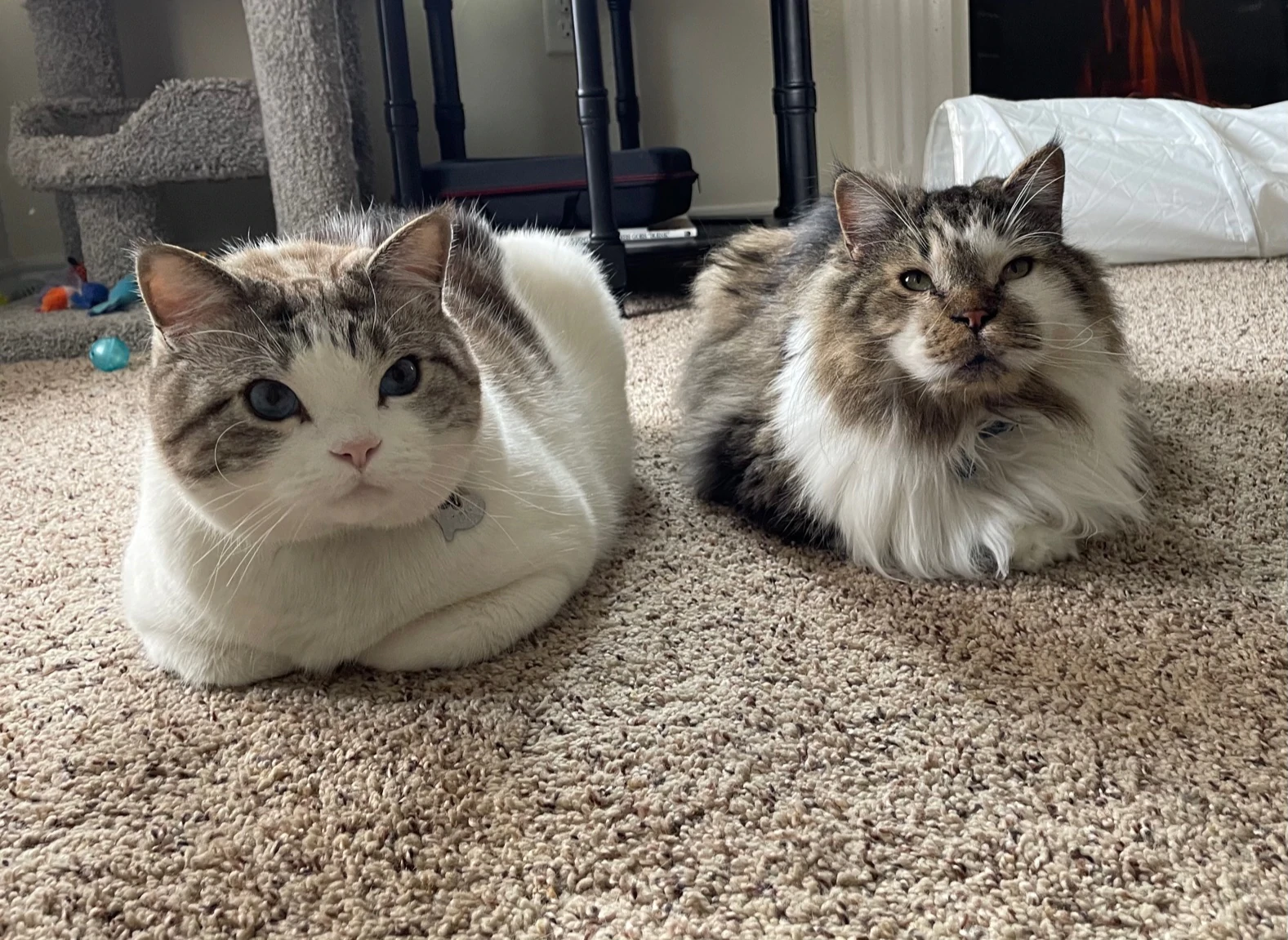
Even if you’re a first-time dog owner, you’ve probably heard of a puppy mill.
Puppy mills are commercial...
Free U.S. Shipping & Lifetime Warranty For All Endura Flap Pet Doors
Cats are sometimes written off as inexplicable creatures who act on a whim and explode over nothing. In reality, cats are very expressive animals; we just need to learn to read their body language. Taking a look at your cat’s tail is a great place to start!
Your cat’s tail can tell you a lot about what they’re thinking and feeling. This can come in handy when trying to make sense of “random” reactions.
Say you’re having a peaceful moment cuddling on the couch, then WHAM…sharp teeth and claws join the party.
When a cat bites or scratches we’re often left feeling a little stunned and confused, but chances are their tail was trying to tell us something all along. Keep reading to learn how to read your cat’s tail language.

Quivering: A quivering cat tail is generally a sign of a cat who is excited to see you. It can also be a result of urine marking, but this is less common in cats who are fixed.
Wrapped Around Your Leg: Congratulations, you essentially just received a cat hug! Cat’s will often wrap their tails around their human’s legs as a friendly greeting.
Straight Up in the Air: This is a sign of a very happy cat. Cat’s will often walk towards their people with tails straight up in a friendly manner. Sometimes you’ll see a little hook at the end of the tail like a question mark. This also means your cat is relaxed and happy to see you.
Twitching at the End: When your cat’s tail starts lightly twitching at the end, it usually means they’re getting a little irritated. This is often the first sign that they’re becoming overstimulated from petting. It’s advised to give your cat a break instead of continuing, which will often lead to a bite or scratch.
Wrapped Around their Body: Cats sometimes wrap their tails around their body when they are mildly uncomfortable or in pain. If you often notice your cat in this defensive position, it’s a good idea to schedule a check-up with your vet to look for any health issues that may be causing your cat discomfort.
Tail Low to the Ground: When your cat’s tail and body are low to the ground, it means they are scared or anxious. They will often display this behavior when retreating from a loud noise that startled them.
Thrashing: If you come across a cat thrashing their tail side to side in a sweeping motion it’s a good idea to walk the other way. This is a sure sign that your cat is not happy and will likely strike out if encouraged. A cat aggressively wagging tail is not a good sign and should be taken as a warning to give them some space.
Thumping: When a cat thumps their tail on the ground it means they are very irritated and may become aggressive if provoked. Best to leave your cat to cool off if you notice this behavior.
Rapid Flicking: Another sign that your cat might be angry is a quickly flicking tail. However, this is also something cats do when they’re focusing on a toy or a bird outside, so not to worry if your cat’s tail flicks during a play session. However, if their tail starts to flick while you're petting them it’s probably time to give them a break.
We hope this helped explain some common cat tail movements. Learning to read your cat’s tail is a great way to understand them better. Check out whether cats like to be hugged here for more insight into your cat’s mind.
Adopted a new kitten and want to know their adult size? Check out how big your kitten will grow to be.